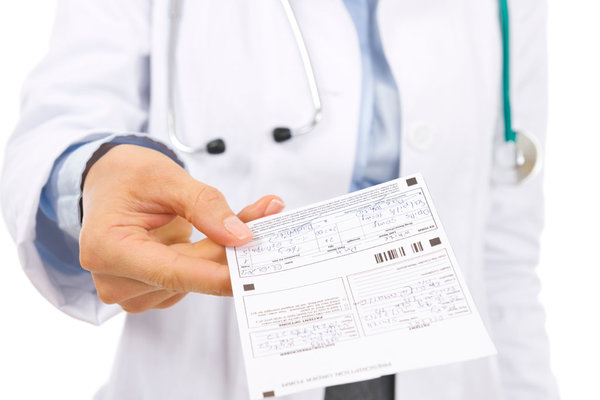-
Tips for becoming a good boxer - November 6, 2020
-
7 expert tips for making your hens night a memorable one - November 6, 2020
-
5 reasons to host your Christmas party on a cruise boat - November 6, 2020
-
What to do when you’re charged with a crime - November 6, 2020
-
Should you get one or multiple dogs? Here’s all you need to know - November 3, 2020
-
A Guide: How to Build Your Very Own Magic Mirror - February 14, 2019
-
Our Top Inspirational Baseball Stars - November 24, 2018
-
Five Tech Tools That Will Help You Turn Your Blog into a Business - November 24, 2018
-
How to Indulge on Vacation without Expanding Your Waist - November 9, 2018
-
5 Strategies for Businesses to Appeal to Today’s Increasingly Mobile-Crazed Customers - November 9, 2018
9 of 10 Patients Still Get Opioid Prescriptions After Overdose
In 2014, at least 47,000 people in America died from overdoses from all kinds of drugs, ranging from heroin to prescription painkillers.
Advertisement
Most patients with chronic pain who have been hospitalized after an opioid overdose continue to receive prescription opioids, according to a new study led by researchers at Boston Medical Center.
More than 90 percent of chronic pain patients who survived overdoses continue to get prescription painkillers from doctors.
The researchers said numerous patients went on to have a repeated overdose after being given more prescription drugs. Lastly, a two-year follow-up revaled that those taking high doses of opioids were twice as likely to have another overdose when compared to those who discontinued opioid use after an overdose.
The authors say the findings highlight the challenges faced by physicians to balance the known risks with potential benefits of prescription opioids for patients with chronic pain.
Insurance companies could alert doctors with medical records to overdoses, catching cases in emergency rooms they would otherwise miss, the study suggested.
Researchers consider Oxycodone, which includes the brand-name drug OxyContin, and hydrocodone, which is in the brand-name drug Vicodin, as the main culprit behind the drug overdose. Besides that, people who misused their prescription drugs are less likely to report the overdose to their prescribing doctors, fearing that they won’t get prescriptions any longer. Those who do not yet have access to an electronic health record may only find out the information accidentally unless they are trained to pick up certain clues, such as a drop off in a patient’s request for an increased dose. Previous studies have found patients’ regular doctors – not pill mills or shady pseudo-doctors – are writing most of the prescriptions, and have difficulty balancing managing pain and working to prevent an abuse or dependence problem.
And patients, especially those addicted to these drugs, often don’t tell their doctor about winding up in the ER after an overdose.
The average age of these patients was 44, and 60 percent of them were women.
According to Marc LaRochelle, MD, MPH, a physician in general internal medicine at BMC who led the research team, this study is the first to examine treatment patterns and risk of repeated overdose following a nonfatal opioid overdose. She explained that overdoses tend to occur when patients take too much of an opioid or when they combine them with other medications such as benzodiazepines or with alcohol.
In 2010, 16,651 deaths were blamed on prescription painkillers. In 70% of the cases, the physician who prescribed opioid painkillers after the overdose was the same as the one who wrote the prescription before the overdose.
In addition, 49 states have prescription-monitoring programs in place. Almost half of those surveyed by researchers at the Johns Hopkins Bloomberg School of Public Health believed, incorrectly, that a group of opioids made with hard shells or other abuse deterrents were less addictive than their counterparts. Considering this figure, Larochelle along with his colleagues searched for ways to identify patients most vulnerable to a fatal overdose.
Advertisement
The study was funded by the Health Resources and Services Administration, part of the U.S. Department of Health and Human Services.





























